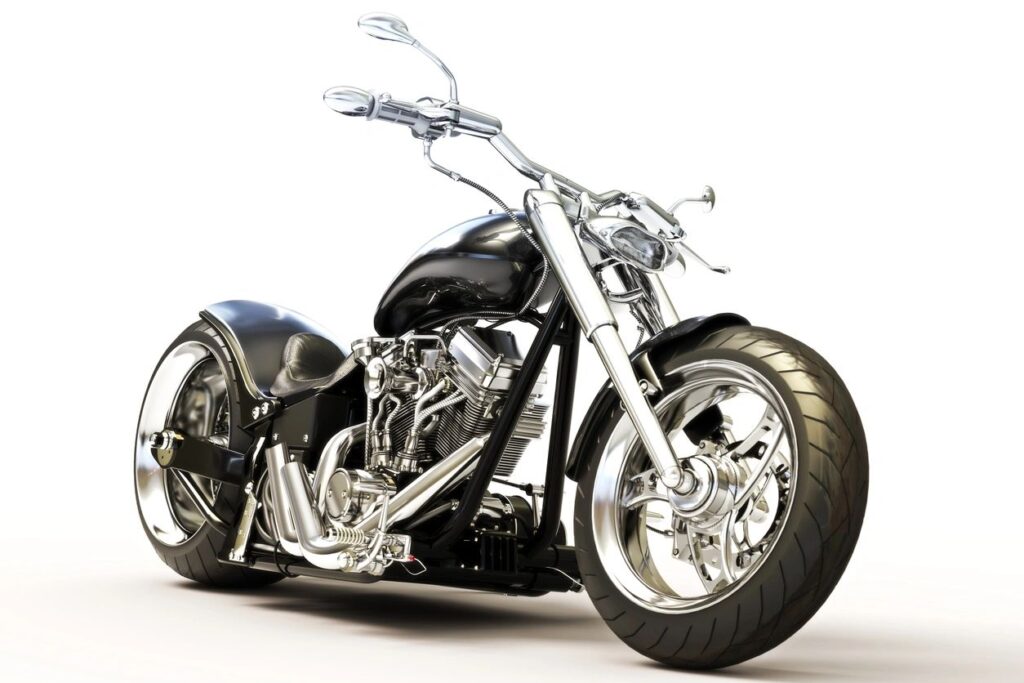Do you want to discover what your motorcycle handlebar grip says about you? An International Drivers Association article reveals how your grip uncovers your driving style and personality.
Whether you’re a relaxed cruiser or an adrenaline-seeking racer, our expert insights will help you understand your road behavior. This article will teach you and your readers about a fascinating analysis and show how your grip influences your riding habits. This eye-opening piece is perfect for your readers and will change how they view their motorcycle journeys.
The Way You Grip Your Motorcycle’s Handlebar Says What Type Of Driver You Are
Motorcyclists do not know how their grip on the handlebars exposes much about their kind of driver and their personality. “How a rider grips the handlebars can offer significant insights into their temperament on the road,” says Dominic Wyatt of the International Drivers Association. Various studies and expert opinions reinforce the notion that small details, such as how tightly or loosely one holds the handlebars, speak volumes about one’s driving demeanor.
5 Reasons Why The Way You Grip Your Motorcycle’s Handlebar Says What Type Of Driver You Are
-
Grip Tightness Reflects Confidence Level
A tight grip often indicates a lack of confidence or anxiety while riding. Riders holding the handlebars too tight could be inexperienced with motorcycles or need to be comfortable with specific motorcycle riding circumstances. A study by the MSF states that well-experienced riders tend to hold the handlebars loosely, a sign that one is comfortable with the feeling of control on the streets.
-
Hand Position Identifies Riding Style
Where riders place their hands—in other words, closer to the base or spread out—can signify whether they are cautious cruisers or aggressive speed enthusiasts. The American Motorcyclist Association, AMA, has suggested that riders who hold handlebars closer to their chest often adopt a more defensive and controlled riding style.
-
Adjustments During Riding Indicate Adaptability
According to Faster Capital, Riders who frequently adjust their grip to navigate turns or avoid obstacles showcase their adaptability and situational awareness. Dominic Wyatt emphasizes that constant but subtle adjustments can signify a vigilant and experienced rider.
-
Pressure Distribution Shows Physical Strength and Endurance
Even pressure distribution across the handlebars indicates a rider’s physical endurance and strength. National Highway Traffic Safety Administration (NHTSA) findings suggest that enduring long rides with consistent pressure requires significant upper body strength and stamina, traits commonly found in long-distance riders.
-
Leaning Indications Reveal Safety Consciousness
A rider’s inclination to lean while maintaining their grip demonstrates their awareness of safe riding techniques. The Motorcycle Safety Foundation promotes leaning into turns correctly, confirming a rider’s commitment to safety and technical proficiency.
How This Affects the Community
Gripping techniques considerably impact the overall safety and harmony within the motorcycling community. Riders with poor grip habits, indicative of inexperience or anxiety, may increase the risk of accidents for themselves and others. The community thrives on shared road safety practices, and teaching optimal gripping techniques can significantly reduce accident rates.
Moreover, awareness of one’s gripping style fosters better riding behavior and mutual respect among riders. Encouraging self-awareness in gripping habits can drive a collective emphasis on safety, strengthening the community’s cohesion and trust.
8 Things You Can Do Regarding The Way You Grip Your Motorcycle’s Handlebar
- Get Professional Training
Enroll in motorcycle safety courses to learn proper gripping and riding techniques. - Practice Mindful Riding
Regularly evaluate your grip during rides and adjust it to ensure it’s relaxed yet firm. - Strengthen Upper Body
Engage in exercises that improve arm and shoulder strength to enhance grip stability. - Check Your Bike Setup
Adjust the handlebar and seating positions to achieve a natural and comfortable grip. - Use Relaxation Techniques
Practice deep-breathing exercises or take tense breaks to avoid a death grip. - Seek Feedback
Ride with experienced motorcyclists and ask for feedback on your gripping style. - Invest in Quality Gear
Suitable gloves can improve grip comfort and prevent unnecessary tension in your hands. - Stay Educated
Keep abreast of the latest safety tips and guidelines from reputable organizations like the AMA and MSF.

